Video Menu
My Favorite Videos
My Favorite Videos
Jack Nicklaus vs. Rory Mcilroy
Sorry, you need to be a member to access this video.
You Are Just Seconds Away - Become a member here!
Already a member? Log in now

One of the greatest players of all time, Jack Nicklaus and current world #1 player, Rory Mcilroy have very different looking golf swings, but both players produce a ton of clubhead speed. In this video, I'll show you how both players start the downward move with the hips and ultimately end up in the same powerful position. This key move, allows you to use the kinetic chain in the golf swing and boost up your clubhead speed a massive amount. Make big power in your swing by learning how to use your lower body the correct way!
- Use a squat move to start unloading your lower body into the lead side.
- Try to keep the shoulders wound while you are sitting into the lead side.
- Allow the arms to be pulled into the hitting area by the lower body movements.
Hey, hey guys.
This is RST instructor Chris Tyler and this week's tour analysis, we're going to do something a little bit on the fun side.
I'm going to show you two different players from two different eras, Jack Nicklaus versus Rory McIlroy.
I'm going to show you a very powerful move that both players make with their lower half to start their downward move.
It's done a little bit differently, but ultimately they end up in the same spot.
So if you've been looking for a better way to put more power in your golf swing, like some of the best players in the world, then you want to pay close attention to this analysis.
Okay, guys, as I said in the opener, we're going to be doing something bold and fun this week.
We're going to be showing you guys a comparison between Rory McIlroy and one of the greatest players of all time, Jack Nicklaus, And I'm going to start off with a little disclaimer here, because I know that.
This is one of those topics that can create a lot of controversy around the golfing industry.
And by no means am I here to bash either one of the players.
I'm just here to show you a very common move in the golf swing that was done from one era to the next, done very differently, but ultimately ends up in the same spot.
And that's what you're going to see where the modern day golf swing is much more centered, very little body parts moving where the older style golf swing has, you know, it's very linky, it's very free flowing.
But they're still using the kinetic chain in the same sort of way, and both players obviously are very powerful and of their eras.
And that's not to start to create any sort of equipment debate or, you know, who was the better player of their era.
That's not what I'm trying to do here.
Obviously, I have a ton of respect for both of these players and we're going to continue to see Rory grow within the game of golf.
And Jack was certainly a guy that brought us a ton of excitement from, you know, beginning to end.
All right, so let's get into this.
Let's take a look at both players here from a setup position.
You're going to notice that both players set up very wide as far as their bases are concerned.
You'll actually see Jack's feet kind of flare out and this is going to allow him to have some hip mobility.
He uses his hips very well in his golf swing, but you'll see that both players have set up a little bit more on the wide side here.
Modern day equipment is set up to have very high launch conditions with very low spin.
So you'll see the ball position start to move a little bit more forward here.
Rory sets up a little bit more vertical here with the spine, where Jack tends to have a little bit more axis tilt at the address position.
And you'll see Rory actually make a small shift over into his trail side here.
I'm going to focus on his move up to the top of the swing first.
So notice the spacing here between the trail thigh and this right hip line.
This is a line up from the ankle here.
So we'll go ahead and shift over to that side.
Oops, let me pause Jack for us.
So we're going to shift over into that side.
You see that small shift.
Now we're loading into that right side and we're basically, we're creating a post in the right leg.
But notice how Rory has maintained the width between his knees.
Now, this is where I was talking about some of the differences between the eras where the older style golf swing, we saw a lot of free flowing movement from the lower half.
And you'll notice that here with Jack's move.
As we start to rotate, you're going to see this left leg really kind of dip down.
Left foot comes way up off the ground.
So obviously we've got a very different looking top part of the golf swing.
And Jack used this left foot coming up off the ground as one of his big moves to help get his lower half starting the downswing.
You're going to see as he, as we start to work in transition, he's going to work to slam that foot into the ground.
And then ultimately we're ending up in a spot where we're starting our golf swing, excuse me, with the lower half.
And that's, that's exactly what we want to do as far as the kinetic chain is concerned.
It allows you to work efficiently.
And so this is the move right here.
So you'll see Jack right now start to shift.
He's going to start to plant that left foot into the ground.
And now his hips and knees are back to that square position.
But notice where the trail arm is here, or I'm sorry, the lead arm.
The lead arm is virtually parallel to the ground.
Both his hips and knees are back to a square position.
Okay.
So weight distribution wise, He's still got probably in the ballpark of 60% of the weight on the lead side and % on the trail side.
Now, and this is where, you know, You'll see Rory do a very similar style move, except for he doesn't have his left foot to slam in the ground.
He's going to make more of a sitting move into his lead side.
So you can see here he's kind of sitting down.
The belt line lowers quite a bit.
And now we're going to go ahead and get back to a square position.
So very similar move here.
So now you notice that the hips and the knees and the lead arm are virtually in the same sort of position here.
So again, you can see that both players worked to get their golf swing started, their downswing started with the lower half.
But ultimately did it very differently.
So Jack up to the top, he would plant the left foot into the ground and then he's getting ready to post up.
Now this is where both players actually use a lot of their right side to drive very hard.
So if you notice here, let me get an arrow, watch very closely how quickly Jack's right foot comes up off the ground.
So Jack is working to drive very hard from the right side and then gets him into more of this classic reverse C position here.
Okay, that's what he was, one of his signature style moves.
And then Rory getting down in here, he's got that reverse C looking move, but not nearly as much as Jack has.
And you can see that both players are usually using the right side to drive up off.
And that's fine when we're starting to work with driver swings.
You know, You'll hear a lot of times I think people get confused where we don't want to push hard from the right side.
But if you've learned how to control most of your movements from the left side of the body, yeah, there's a certain balance to where we can use the right side to help the hips.
We just want to be very conscious that we're not pushing the hips out past neutral, to where you can put a lot of pressure on the knee or the hip, Or, obviously, that can help bring the hips forward, where you can have some early extension of the spine as well.
But again, you'll see, you know, you'll see a lot of great golfers even from the new modern area that's coming on.
You'll see them driving for off the right side, especially with driver swings, but they'll be a little bit more under control with the trail foot and with their iron play.
So the point again was just to kind of show you guys how two different eras ended up getting to a very similar looking position in their downward move.
Jack planning that left foot down, Rory making a little bit more of a sitting movement, and ultimately both these players were very powerful in their eras.
So, all right guys, so that's going to be our analysis today.
I got a couple of good videos for you guys to check out.
We have the hip speed and hand speed video.
It's a video that Chuck did a number of years ago that kind of talks to you about the importance of both of those.
We got a great video that's very scientific, talking a little bit about the acceleration profile, sequencing for speed in your golf swing.
We got the golf kinetic chain, and we got sitting into the left side.
These videos are going to be over to the right hand side of the video player.
There's a little tab that says recommended videos.
So if you click on that tab, those videos that I just mentioned should start to populate for you guys at home.
All right guys, so let's get out there, let's work on getting our lower half to start our downswing so we can have a lot more power, and you'll be out there bombing it well past your friends.
Let's make it a great day.
























































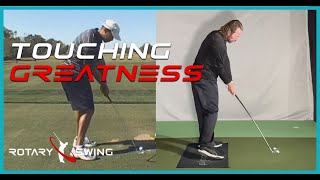
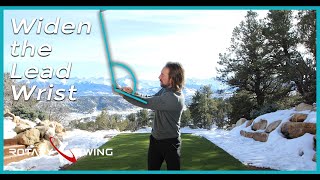
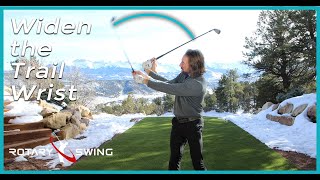
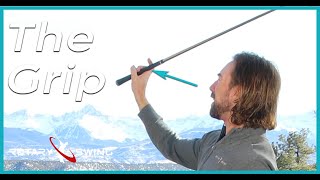
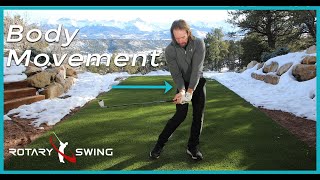

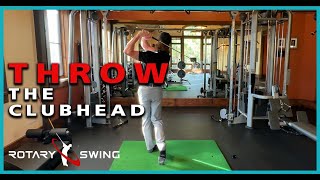






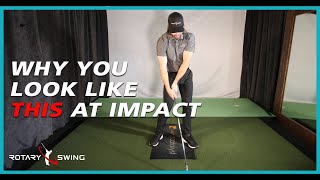
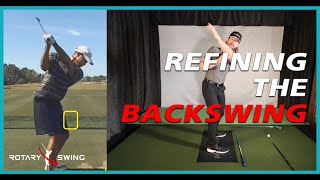
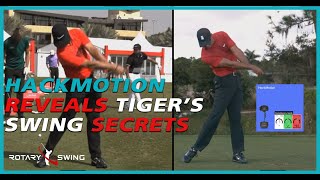
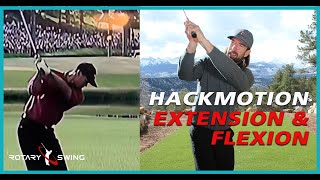
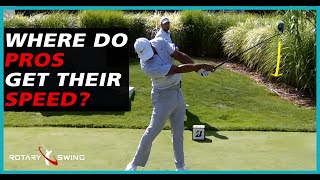
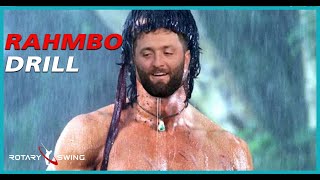
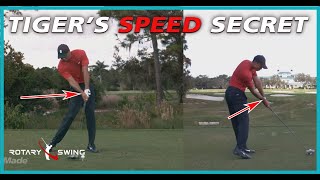




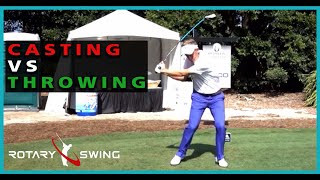
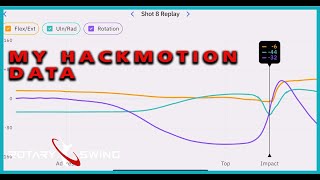
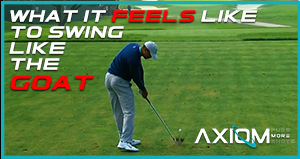

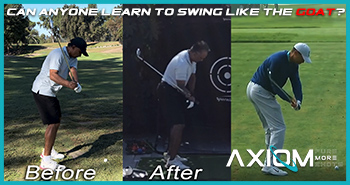

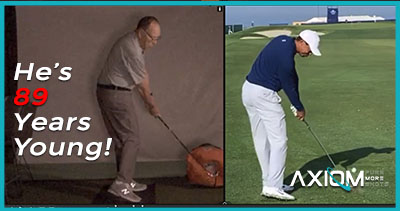
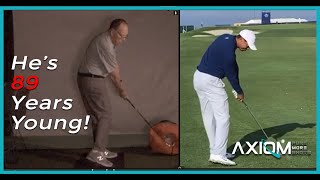
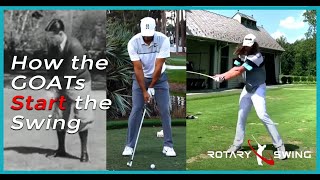
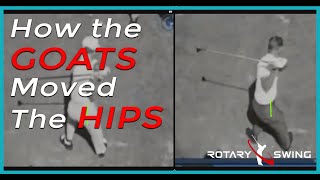
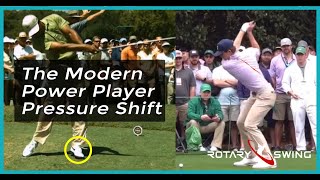
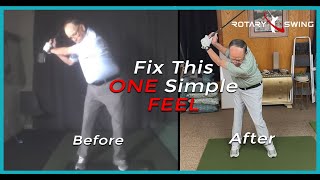
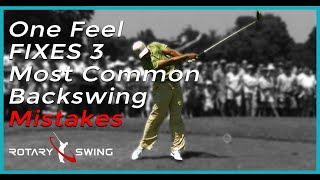
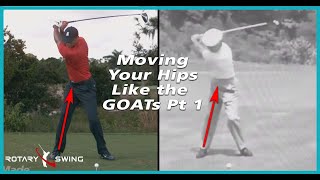
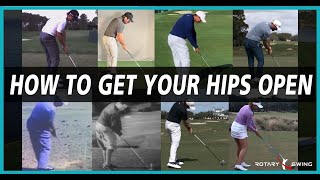
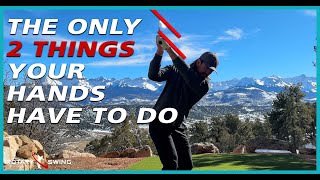
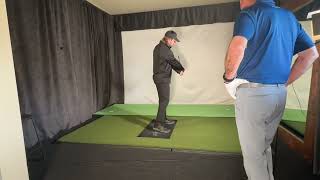
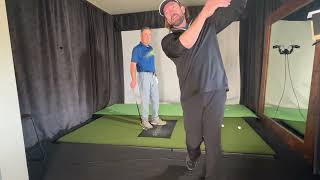
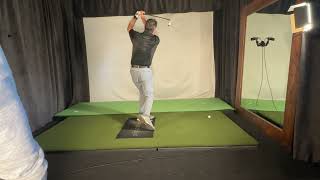
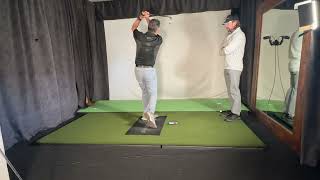
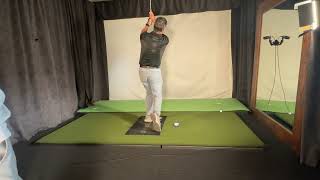
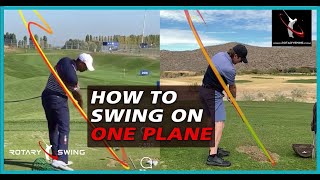
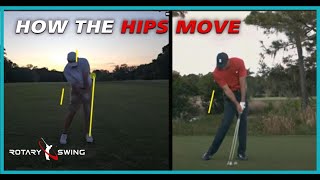
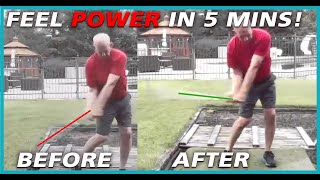
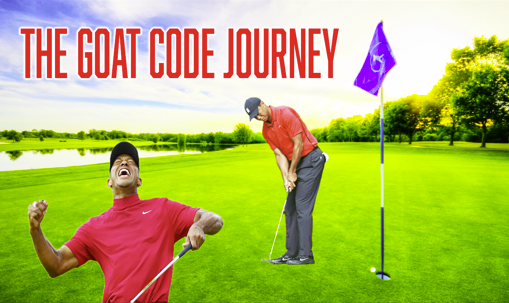
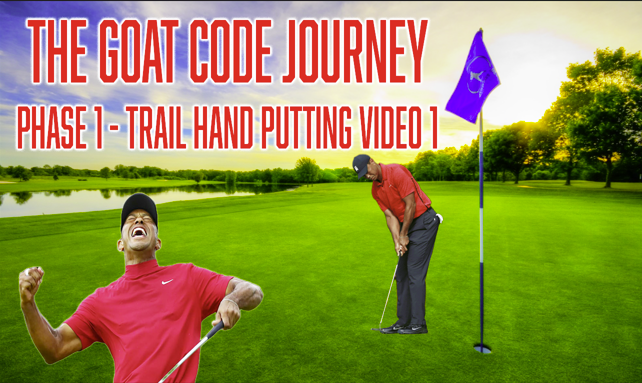
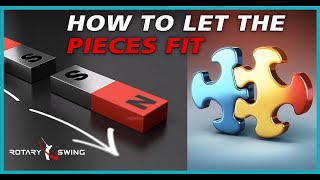


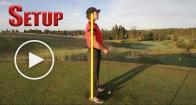
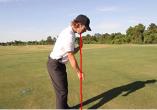
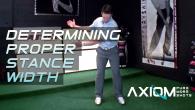
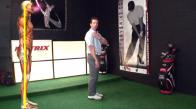
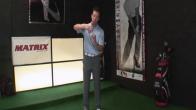
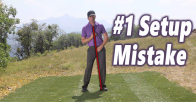
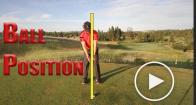
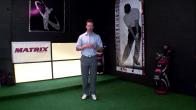
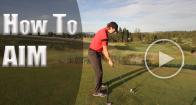
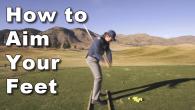
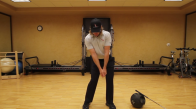
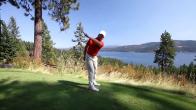
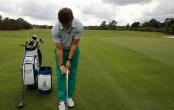
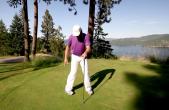
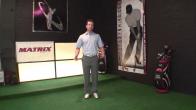


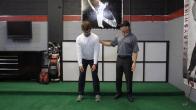
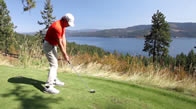
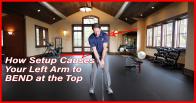

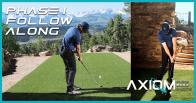
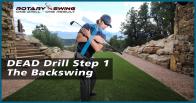
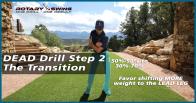
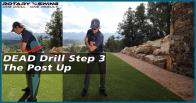

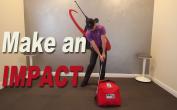
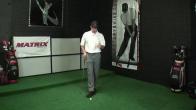
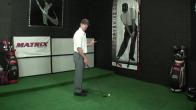
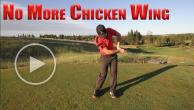
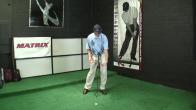
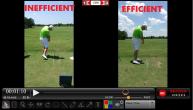
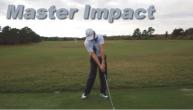
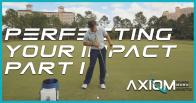
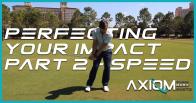
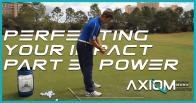
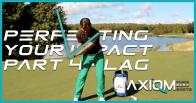

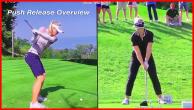

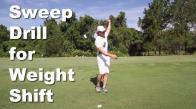
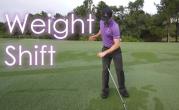
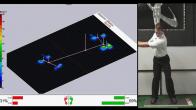
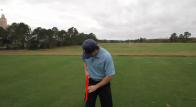
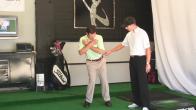
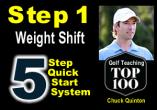
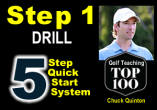
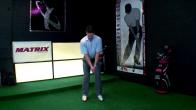
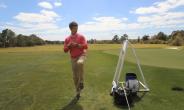
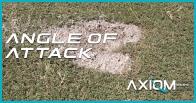
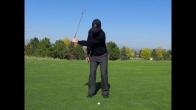
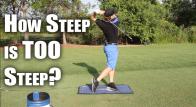
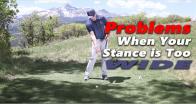

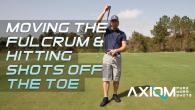
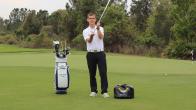
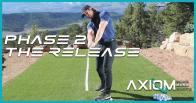
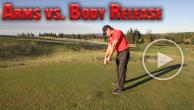

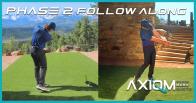
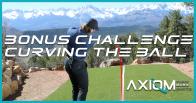
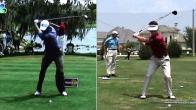
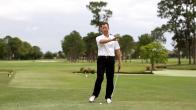
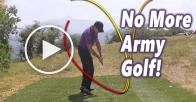
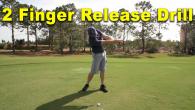


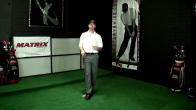
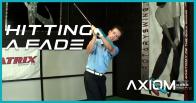
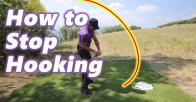

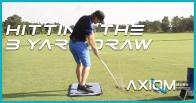
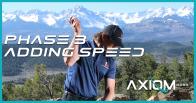


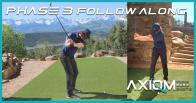
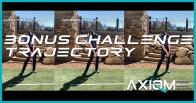
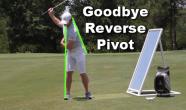
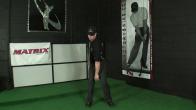
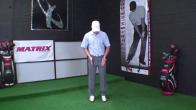
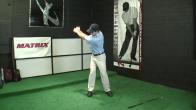
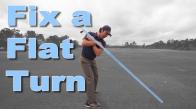

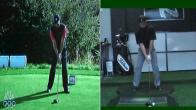
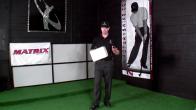
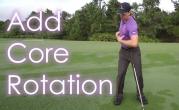
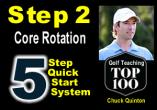
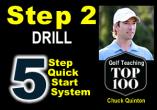
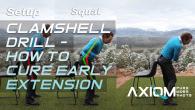
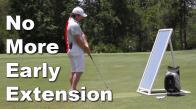
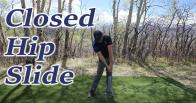

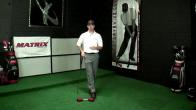
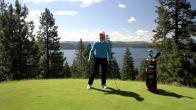
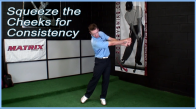
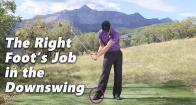
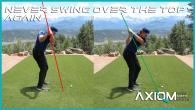


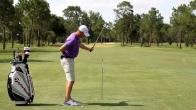
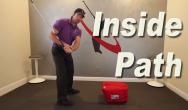

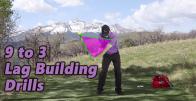
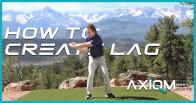
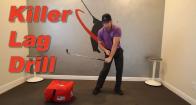
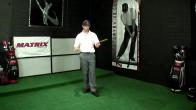
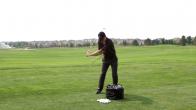
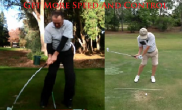
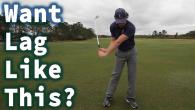

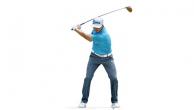

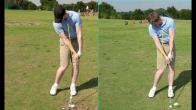
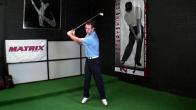
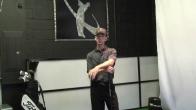
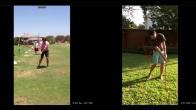

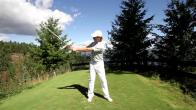
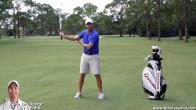
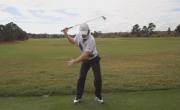
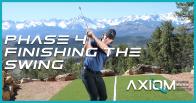
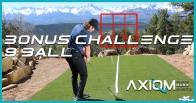
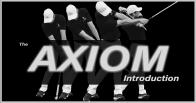

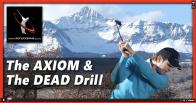
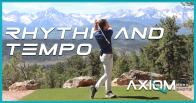

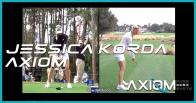
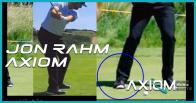
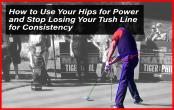
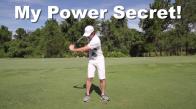
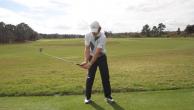
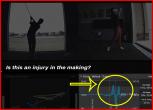
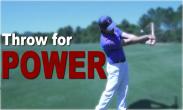
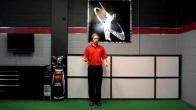

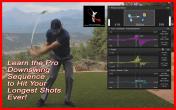



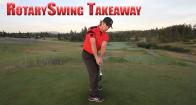

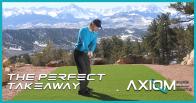
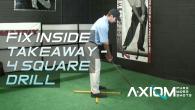
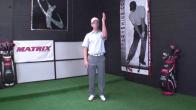
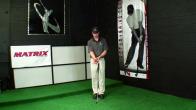

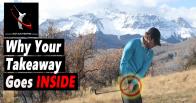
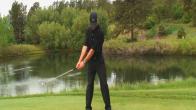
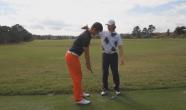

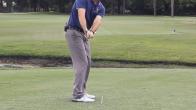
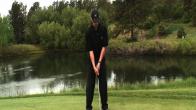
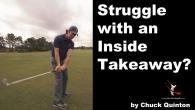
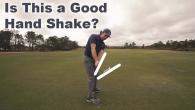
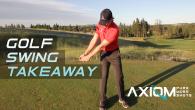
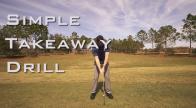
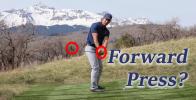
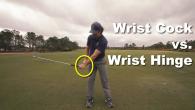
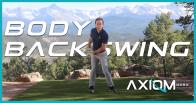
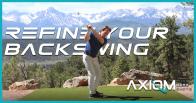
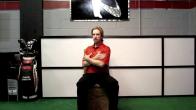
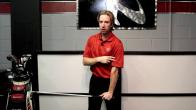
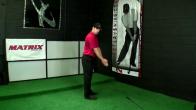
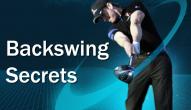
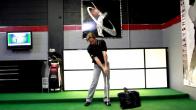
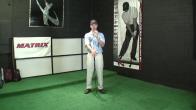
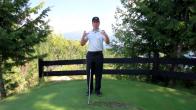
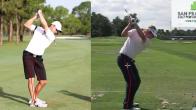

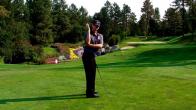

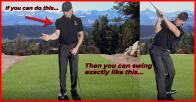

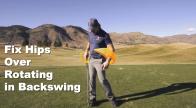
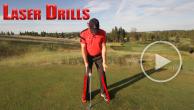
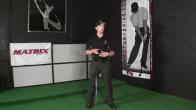
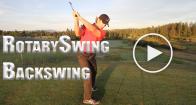
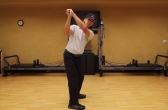
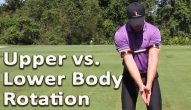
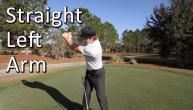




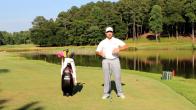
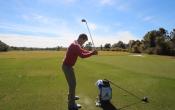


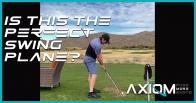

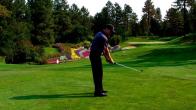
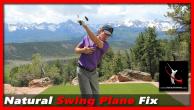
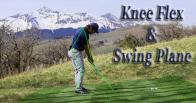
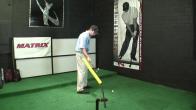
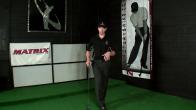
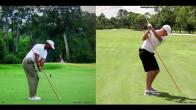

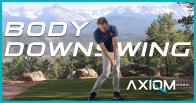


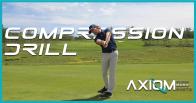
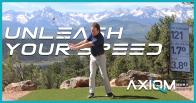
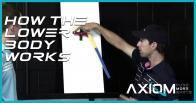
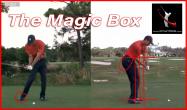
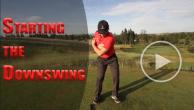
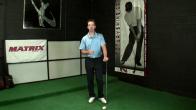
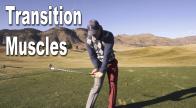
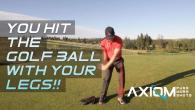
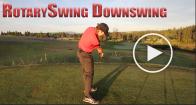
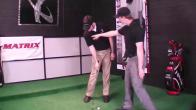
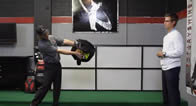
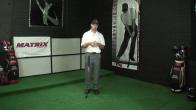
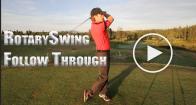
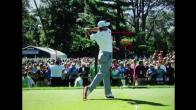
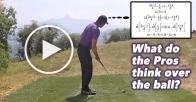
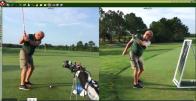

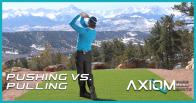
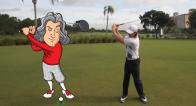
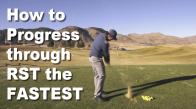
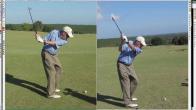


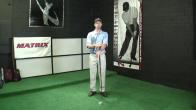
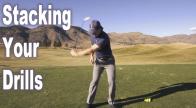
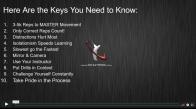
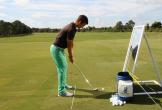
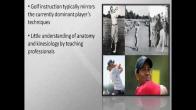
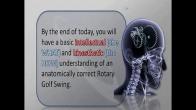
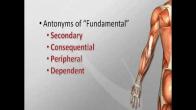
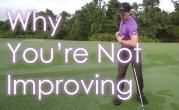

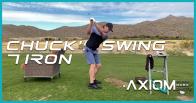
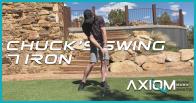

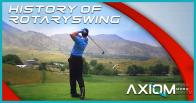
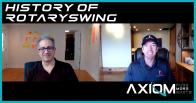
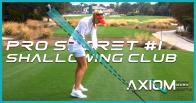
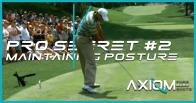
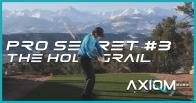
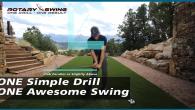
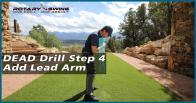
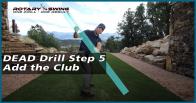
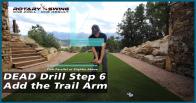
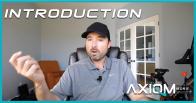
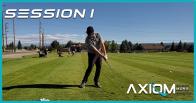
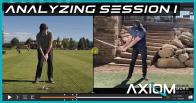
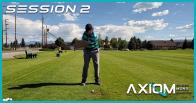
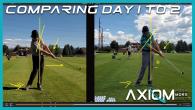
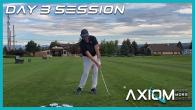

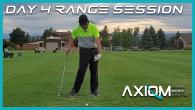
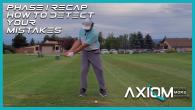
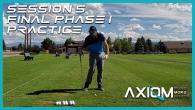
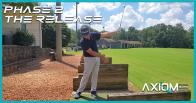
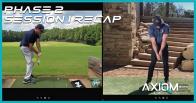
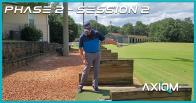
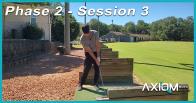
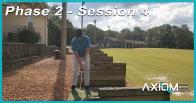
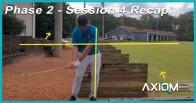
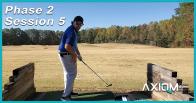
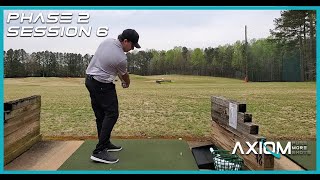
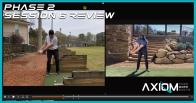
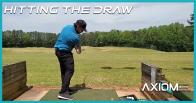













































































































Peter
Craig (Certified RST Instructor)
kathy
Chris (Certified RST Instructor)
kathy
Chris (Certified RST Instructor)
Jim
Chris (Certified RST Instructor)
Jim
Chris (Certified RST Instructor)
Jim
Pim
Chris (Certified RST Instructor)